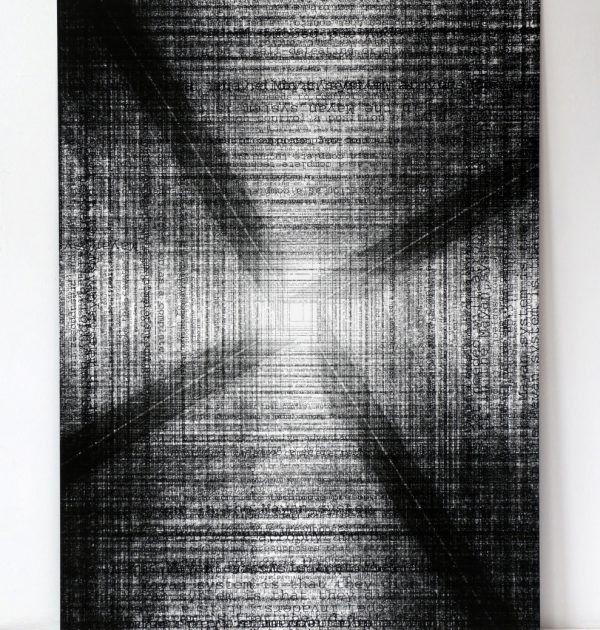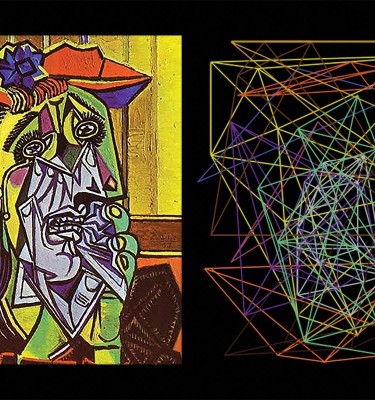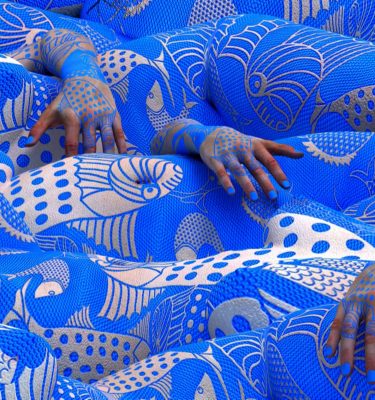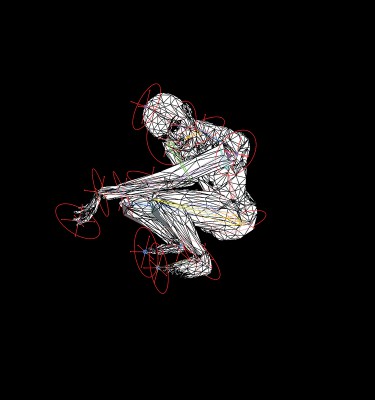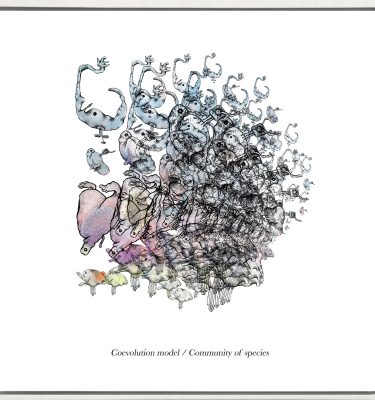The Limits of Control is based on a seminal text by William Burroughs. For the artist, this text related to global surveillance concepts is a source of inspiration. Beyond its sociological immediacy, the artwork deals with issues such as data excess (big data), meta-data, emergence, non-linearity, geometry and language. William Burroughs’ experimental writings, his use of the random factor as a creative process, and especially the famous “Cut-Up” – the technique developed by Burroughs with artist Brion Gysin in 60’s in Paris, have inspired Pascal Dombis for many years. By destructuring texts in both a random and non-linear way, the “Cut-Up” creates a new language which is for Dombis a very close match for today’s digital and technological universes. Pascal Dombis started to work on The Limits of Control in 2013 with the documents leaked by Edward Snowden and the disclosure of the NSA global surveillance activity program. Beyond the Big Brother side of these revealed reports, what interests him is the highlight of the meta-data usage: how connections and links between individuals could be established from a gigantic amount of data. And this meta-data usage matches Dombis’s own artistic activity: for more than 20 years, he has used excessive computer processes to create unpredictable, unstable and accidental visual forms. In other words, he has been seeking to produce different perspectives from machinist noise and big-data excess. In this series, Pascal Dombis’s artistic process consists in integrating the different parts of Burroughs original essay into an organic growth algorithm which makes the text proliferate millions of times at various scales. During this excessive iterative process, some geometric shapes emerge, like an X or a cross. These forms suddenly appear and disappear right away, produced from subtle and unstable alignments of millions of text elements. The X forms are not intentionally programmed: they simply appear out of the excessive enforcement of autonomous and simple rules. The X shape is particularly interesting for Dombis because it is a strong geometric sign that generates various symbolic meanings: primitivism, ancient religions, but also modernism ( like the X from Russian constructivist El Lissitzky) and, in our Burroughsian digital ages, the X also echoes to the X-Files, Xbox, X-Men, X-Generation.
The Limits of Control (B7)
Pascal Dombis (born in 1965, lives and works in Paris) is a visual artist working with excessive technological processes. Through the production of excessive repetitions of simple processes, the artist creates unpredictable, unstable and dynamic visual environments, and explores such fields as language, noise, control, irrationality and every other aspect of our contemporary digital-driven societies. Read more
Additional Information
| Weight | 10 kg |
|---|---|
| Dimensions | 120 x 0.5 x 90 cm |
| Artiste | Pascal Dombis |
| Country | France |
| Year | 2016 |
| Technique | Pigment print on archival paper mounted on alu-Dibond |
| Frame | Framed Artwork |
| Edition | Original artwork |
| Certificate of authenticity | Yes |
